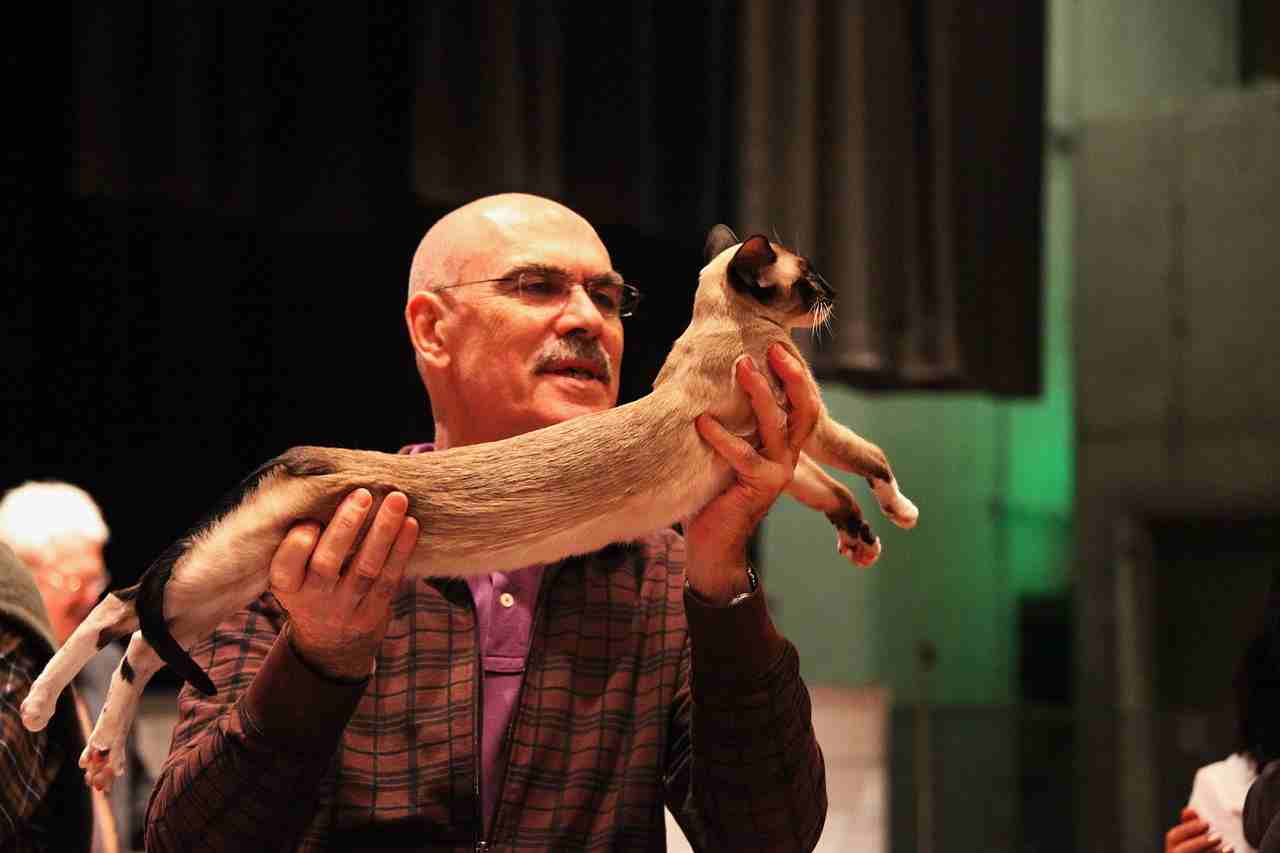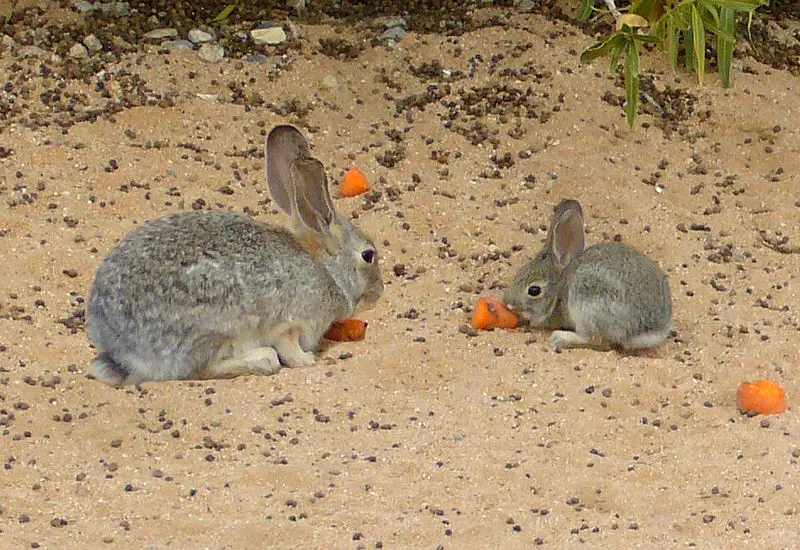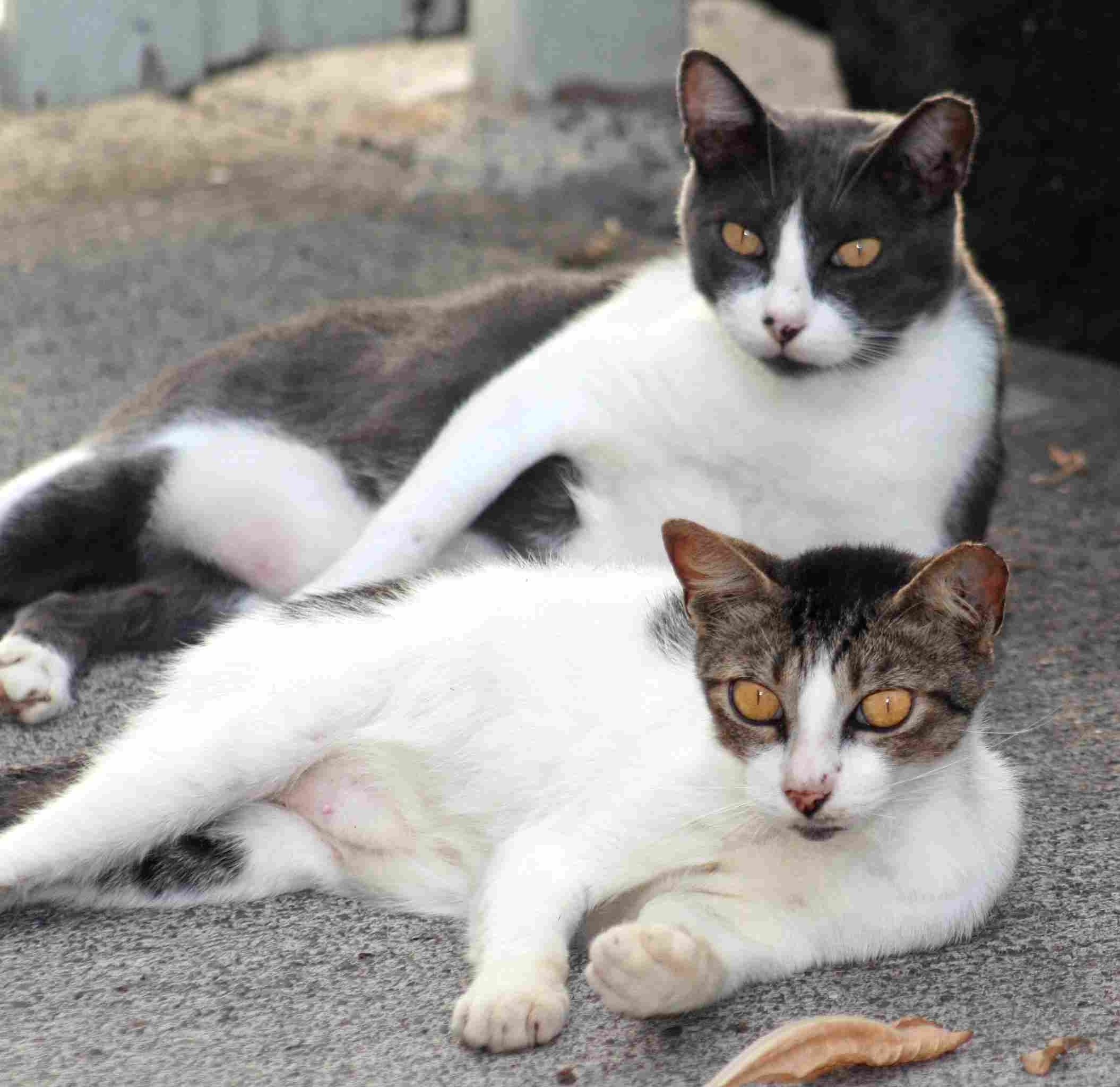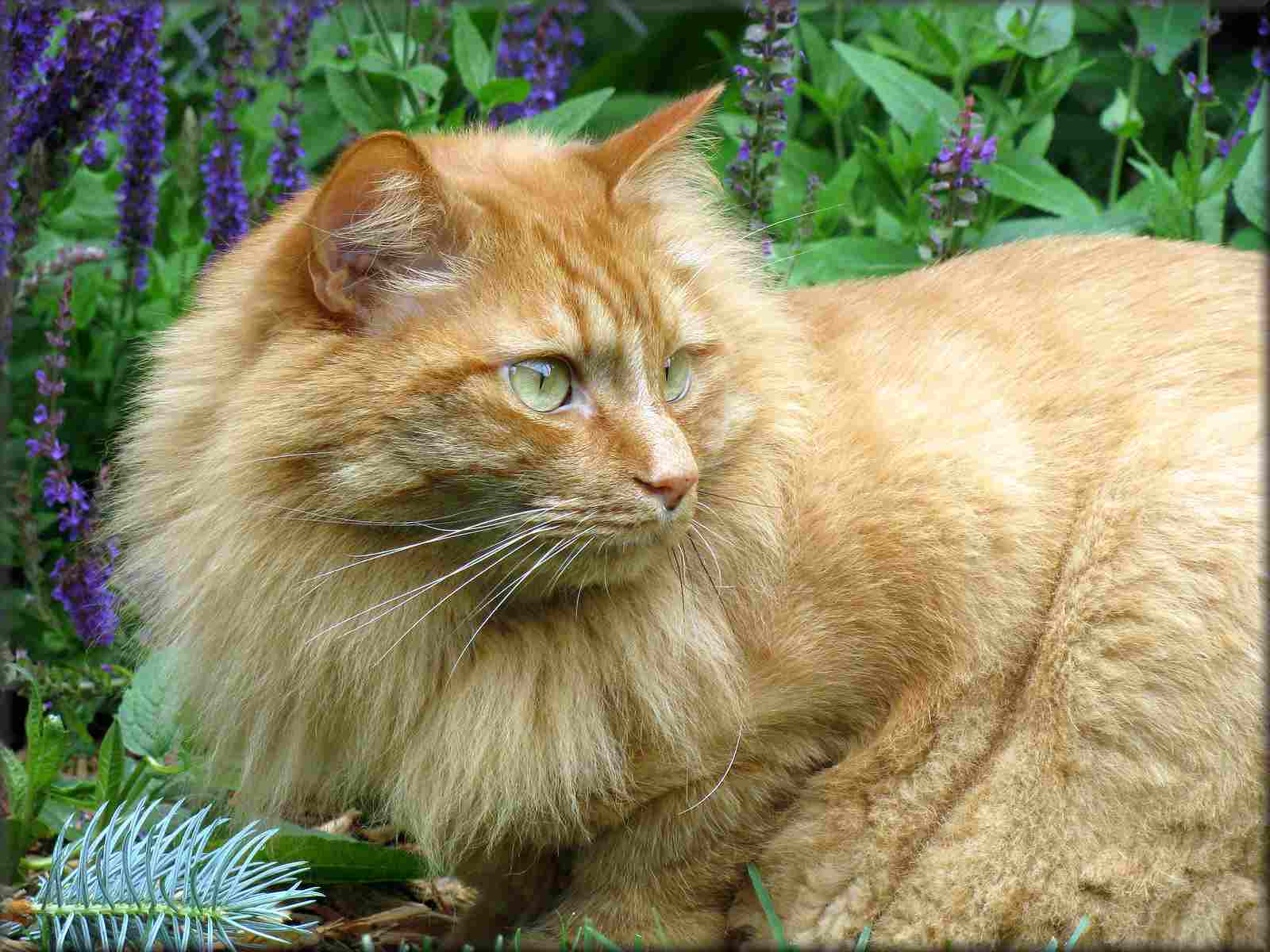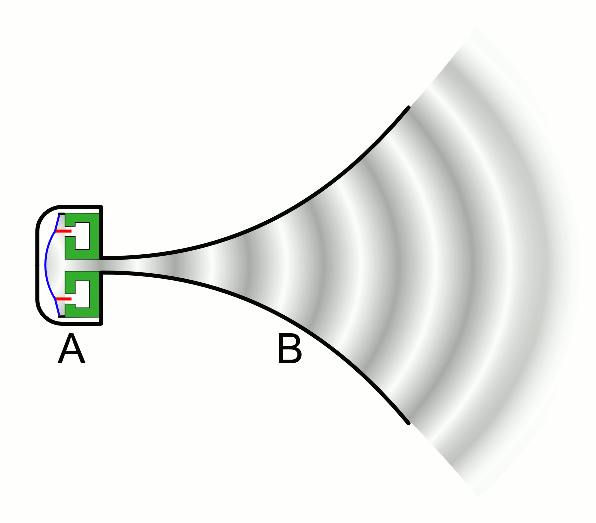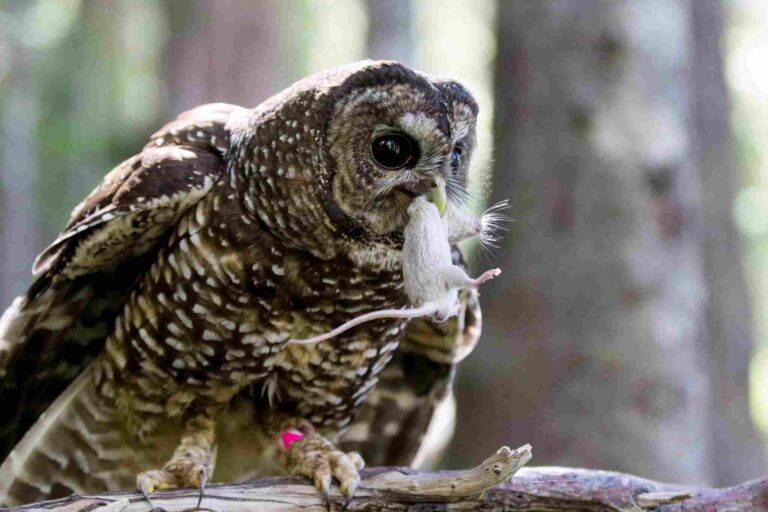Cat Vs Rabbit Who Would Win, Overall Comparison
Comparing the dynamics between cats and rabbits brings attention to the biological differences and unique characteristics of each species. While cats belong to the family Felidae, rabbits are classified under the order Lagomorpha. As pets, cats are often considered tidier, less expensive to maintain, less destructive, and more independent than rabbits. In a hypothetical confrontation, a cat, being faster, stronger, more agile, and a natural predator, would likely emerge victorious in a fight against a rabbit of any size.
Cat vs Rabbit: Navigating Feline-Lagomorph Dynamics
I. Biological Differences:
– Cats and rabbits exhibit distinct biological differences, with cats belonging to the family Felidae and rabbits classified under the order Lagomorpha. These differences contribute to variations in behavior, dietary needs, and overall characteristics.
II. Pet Characteristics:
– Cats are often considered tidier, less expensive to maintain, less destructive, and more independent as pets compared to rabbits. These traits contribute to the appeal of cats as companions in various household settings.
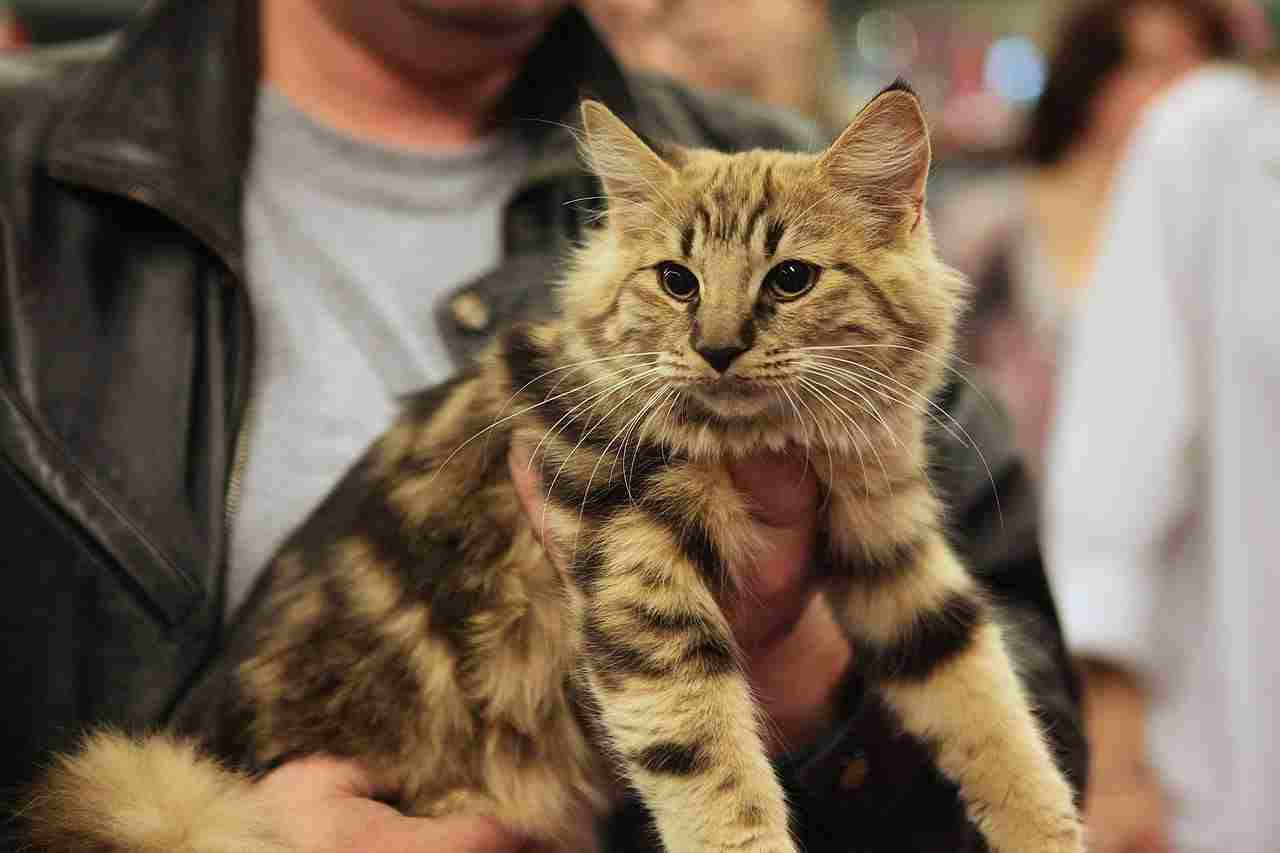
III. Maintenance and Attention:
– Cats generally require less attention and maintenance compared to rabbits. Their independent nature allows for greater flexibility in providing care, making them suitable for individuals with varying lifestyles.
IV. Hypothetical Confrontation:
– In a hypothetical confrontation between a cat and a rabbit, the cat’s innate predatory instincts, combined with its physical attributes such as speed, strength, and agility, would likely result in the cat winning the fight. Cats are natural predators, and their hunting skills are well-suited for such scenarios.
V. Natural Predatory Nature:
– Cats, as natural predators, possess the instinctive ability to chase, catch, and overpower prey. This predatory nature gives them a significant advantage in hypothetical confrontations with rabbits, which are prey animals.
VI. Real-Life Considerations:
– Real-life interactions between domestic cats and rabbits may not necessarily involve confrontations, as responsible pet ownership involves creating secure environments and minimizing potential risks for both species.
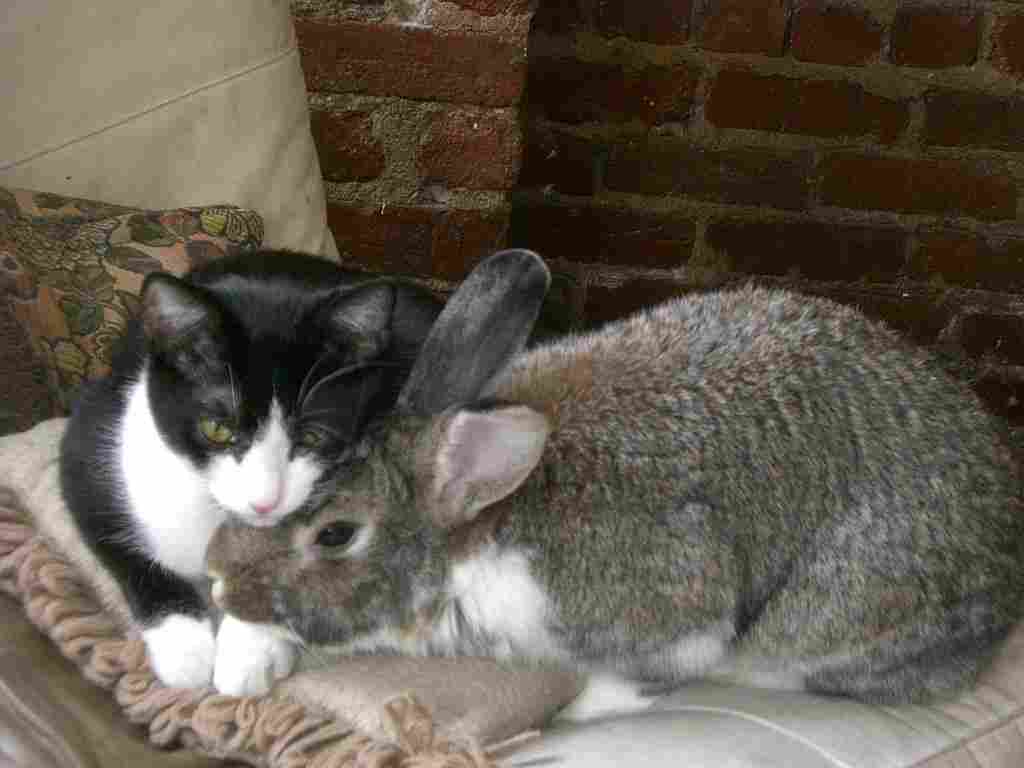
VII. Fostering Balanced Companionship:
– Recognizing the biological differences between cats and rabbits enables pet owners to make informed decisions based on their preferences and lifestyle. Understanding the distinct needs of each species contributes to fostering balanced and harmonious companionship in shared environments.
*Details of Comparison
| Criteria | Cat | Rabbit |
| Taxonomy | Kingdom: Animalia, Order: Carnivora |
Kingdom: Animalia, Order: Lagomorpha
|
| Family: Felidae, Genus: Felis, Species: catus |
Family: Leporidae, Genus: Oryctolagus, Species: cuniculus
|
|
| Appearance | Predatory, sharp features |
Herbivorous, unobtrusive look
|
| Size | Small to medium |
Small to medium, generally smaller than cats
|
| Weight | Variable, some notably heavier |
Generally lighter than cats
|
| Bite Force (PSI) | Strong, around 300 PSI |
Lower, adapted for grinding plant material
|
| Physical Offensive Advantages | Sharp claws, strong body, hunting |
Quick, powerful hind limbs for escapes
|
| Physical Defensive Advantages | Agility, retractable claws |
Camouflage, rapid speed, strong hind legs
|
| Speed | 30 mph |
35 mph, sustained speed for rabbits, burst speed for cats
|
| Agility | Exceptional for hunting, climbing |
Primarily for evading predators
|
| Senses | Night vision, acute hearing, keen smell |
Excellent hearing, vision, sensitive nose
|
| Overall Physical Capacity | Versatile for hunting, climbing, defense |
Specialized for rapid evasion, herbivorous activities
|
| Habitat Preference(s) | Highly adaptable |
Adapt well to specific ecosystems
|
| Tracks | Predatory characteristics, retractable claws visible |
Distinctive hop pattern, hind limb tracks larger
|
| Lifespan | Generally longer |
Variable, generally shorter
|
| Mode of Feeding | Obligate carnivores |
Specialized herbivores
|
| Intelligence | Problem-solving, social intelligence |
Social behaviors, survival intelligence
|
| Social Behavior | Variable, some solitary, some social |
Social, often live in groups
|
| Mode of Reproduction | Sexually reproducing, live offspring |
Sexually reproducing, altricial young
|
| Parental Behavior | Maternal care, teaching hunting skills |
Maternal care, creating burrows for protection
|
| Proximity to Human-Inhabited Areas | Adaptable to various environments |
Adapt to human development
|
| Behavior Toward Humans | Variable, some affectionate, some aloof |
Domestic can be affectionate, wild are cautious
|
| Danger Posed to Humans | Generally poses minimal danger |
Poses minimal danger, scratches or nips if handled improperly
|
| Associated Precautions | Responsible ownership, vaccination, training |
Proper handling, avoiding stress, safe environment for pets
|
| Conservation Status | Domestic not under conservation status |
Some wild species may face conservation concerns
|
1. Taxonomy
Cat (Felis catus):
Kingdom: Animalia
Phylum: Chordata
Class: Mammalia
Order: Carnivora
Family: Felidae
Genus: Felis
Species: catus
Rabbit (Oryctolagus cuniculus):
Kingdom: Animalia
Phylum: Chordata
Class: Mammalia
Order: Lagomorpha
Family: Leporidae
Genus: Oryctolagus
Species: cuniculus
2. Appearance

Cat:
Varied coat colors and patterns; sharp retractable claws; keen, forward-facing eyes; pointed ears; flexible body for agility; carnivorous dentition.
Rabbit:
Soft fur often in earth-tones for camouflage; long ears; large, expressive eyes on the sides of the head; strong hind limbs adapted for hopping; herbivorous dentition.
Comparison:
Cats have a more predatory appearance with sharp features, while rabbits exhibit adaptations for herbivorous behavior and a more unobtrusive look.
Ecological Implications:
Cat appearances aid in hunting, while rabbit appearances contribute to their herbivorous lifestyle and potential for blending into their environment.
3. Size
Cat:
Varies by breed, typically ranging from small to medium sizes.
Rabbit:
Varies by species, ranging from small to medium sizes; generally smaller than cats.
Comparison:
Cats tend to be more compact and muscular, while rabbits are characterized by a slender and elongated body shape.
Ecological Implications:
Size impacts their role in the food chain, with cats often as predators and rabbits as prey.
4. Weight
Cat:
Weight varies significantly by breed, ranging from a few pounds to over 20 pounds.
Rabbit:
Weight varies by species, with domestic rabbits typically ranging from 2 to 11 pounds.
Comparison:
Cats generally have a wider weight range, and some breeds can be notably heavier than the largest rabbit species.
Ecological Implications:
Weight influences hunting dynamics for cats and escape strategies for rabbits.
5. Bite Force (PSI)
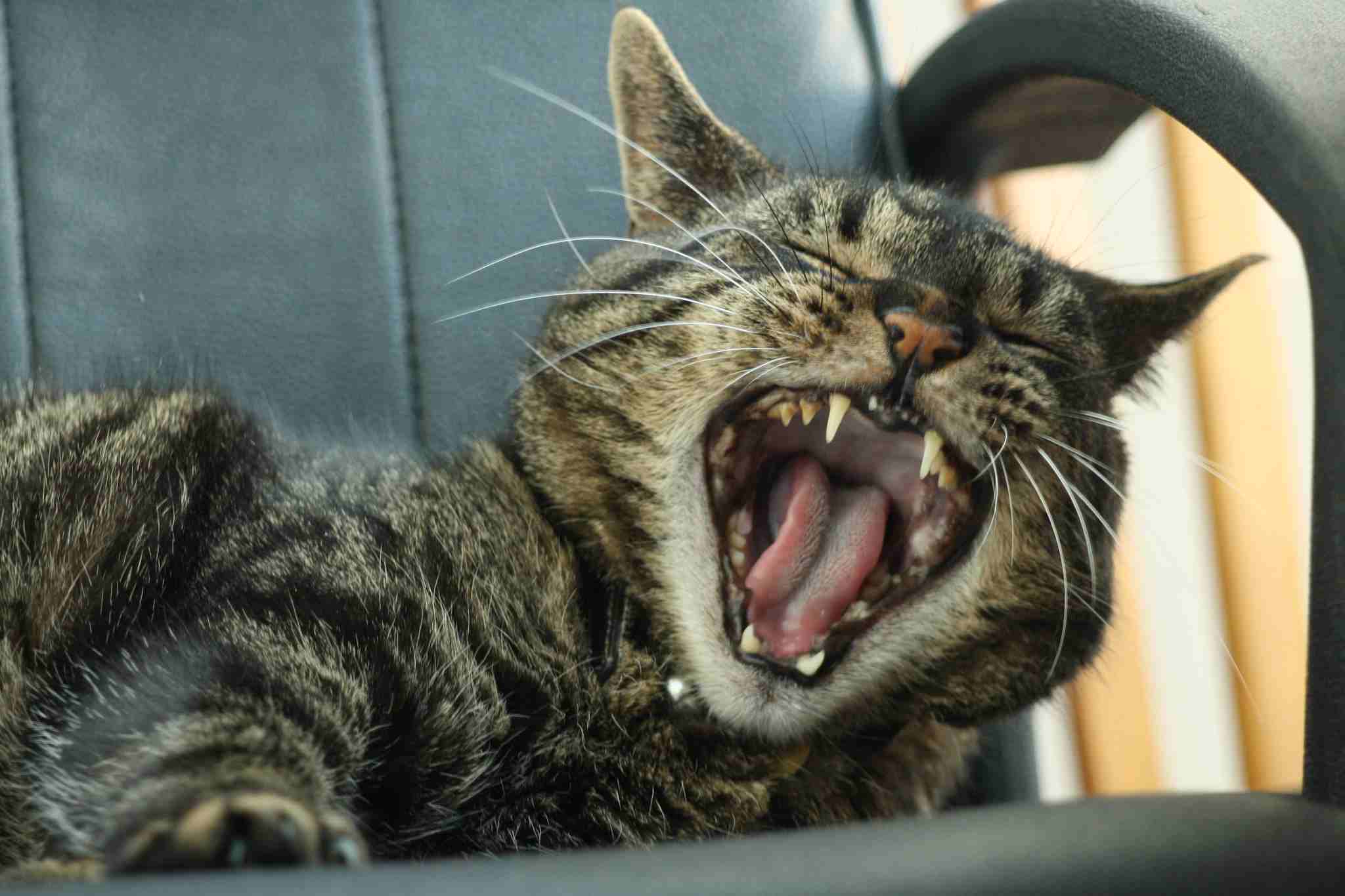
Cat:
Average bite force around 300 PSI (pounds per square inch).
Rabbit:
Bite force much lower than cats, adapted for grinding plant material.
Comparison:
Cats have a stronger bite force, reflecting their carnivorous diet and predatory nature.
Ecological Implications:
Bite force relates to hunting efficiency for cats and defense mechanisms for rabbits.
6. Physical Offensive Advantages
Cat:
Sharp claws and teeth for efficient hunting; strong, flexible body for pouncing and ambushing prey.
Rabbit:
Quick, powerful hind limbs for rapid escapes; keen senses to detect predators.
Comparison:
Cats possess offensive advantages geared towards hunting and subduing prey, while rabbits rely on agility and speed for defense.
Ecological Implications:
Offensive traits in cats contribute to their role as predators, while defensive traits in rabbits enhance their chances of survival against potential threats.
7. Physical Defensive Advantages
Cat:
Agility, retractable claws, and a sleek body for evasion; sharp teeth for defense.
Rabbit:
Camouflage fur, rapid speed, and strong hind legs for evasion; keen senses to detect danger.
Comparison:
Cats have both offensive and defensive capabilities, while rabbits focus more on defensive adaptations for survival.
Ecological Implications:
Defensive traits aid in the balance of predator-prey relationships in their respective ecosystems.
8. Speed (Km/hour or Mile/hour)
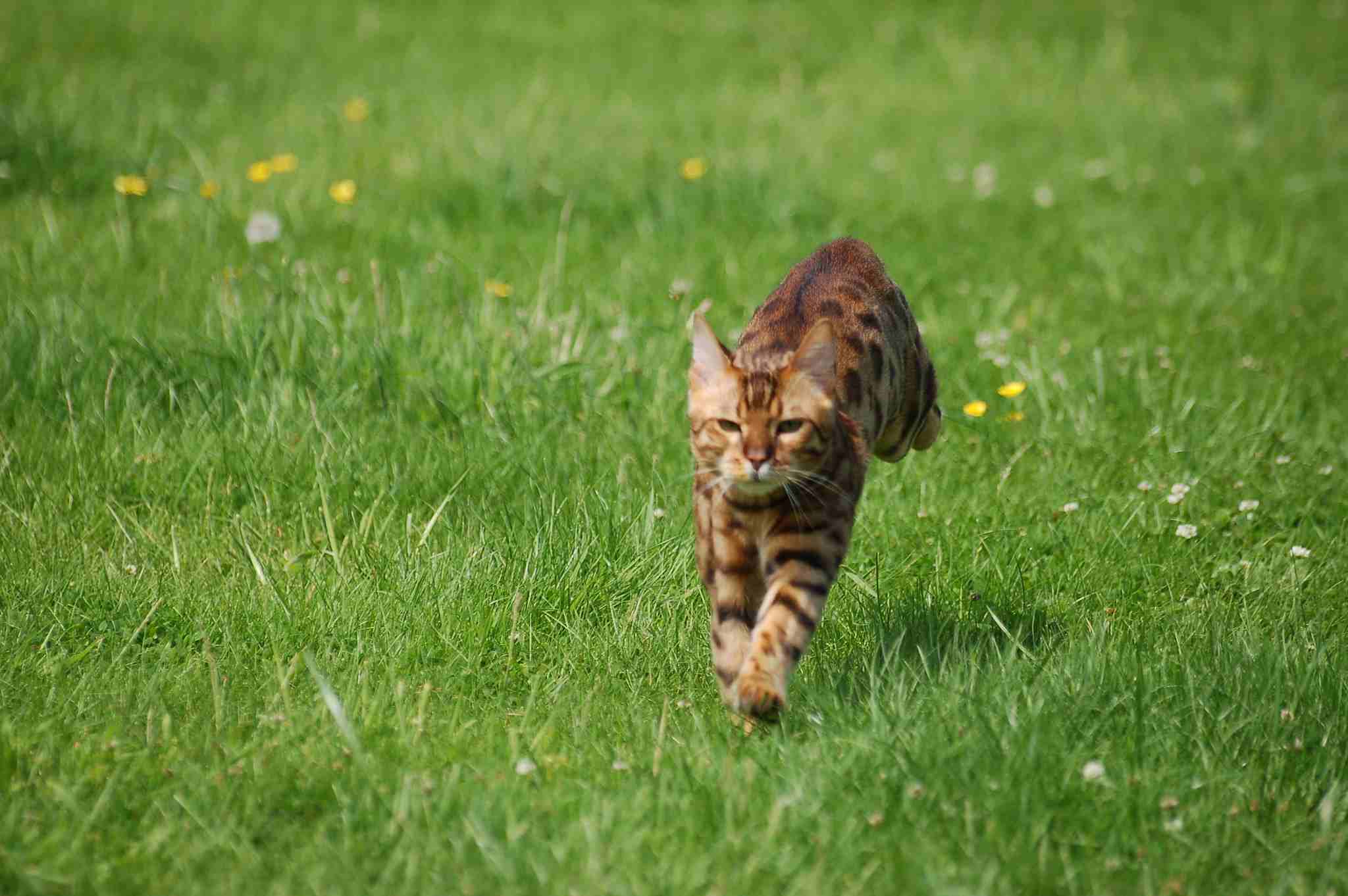
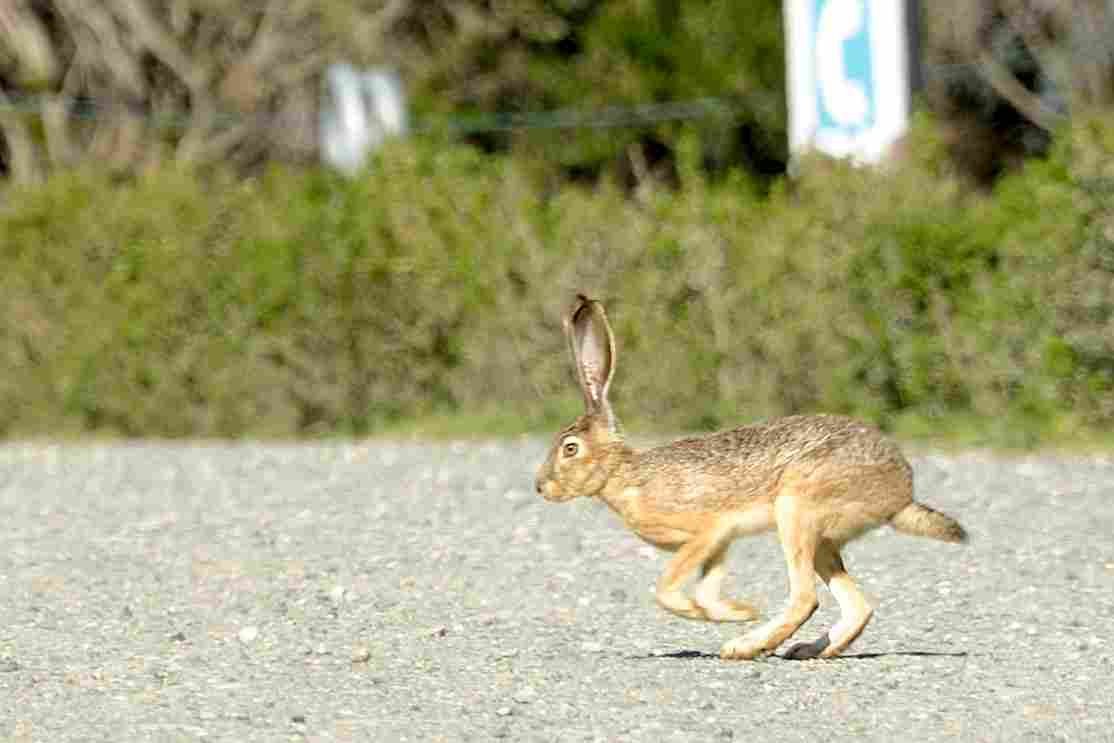
Cat:
Can reach speeds of 30 mph (48 km/h) in short bursts.
Rabbit:
Can attain speeds of 35 mph (56 km/h) for quick escapes.
Comparison:
Rabbits generally have a higher sustained speed, emphasizing their reliance on quick getaways, while cats use bursts of speed for hunting.
Ecological Implications:
Speed influences the success of predation for cats and the ability of rabbits to escape from predators.
9. Agility
Cat:
Exceptional agility, demonstrated through precise movements, balance, and the ability to climb.
Rabbit:
Agile movements, especially in evasive maneuvers; ability to change direction rapidly.
Comparison:
Cats showcase agility in hunting and navigating various terrains, while rabbits use agility primarily for evading predators.
Ecological Implications:
Agility contributes to the ecological niche of each species, with cats excelling in pursuit and rabbits in escape.
10. Senses
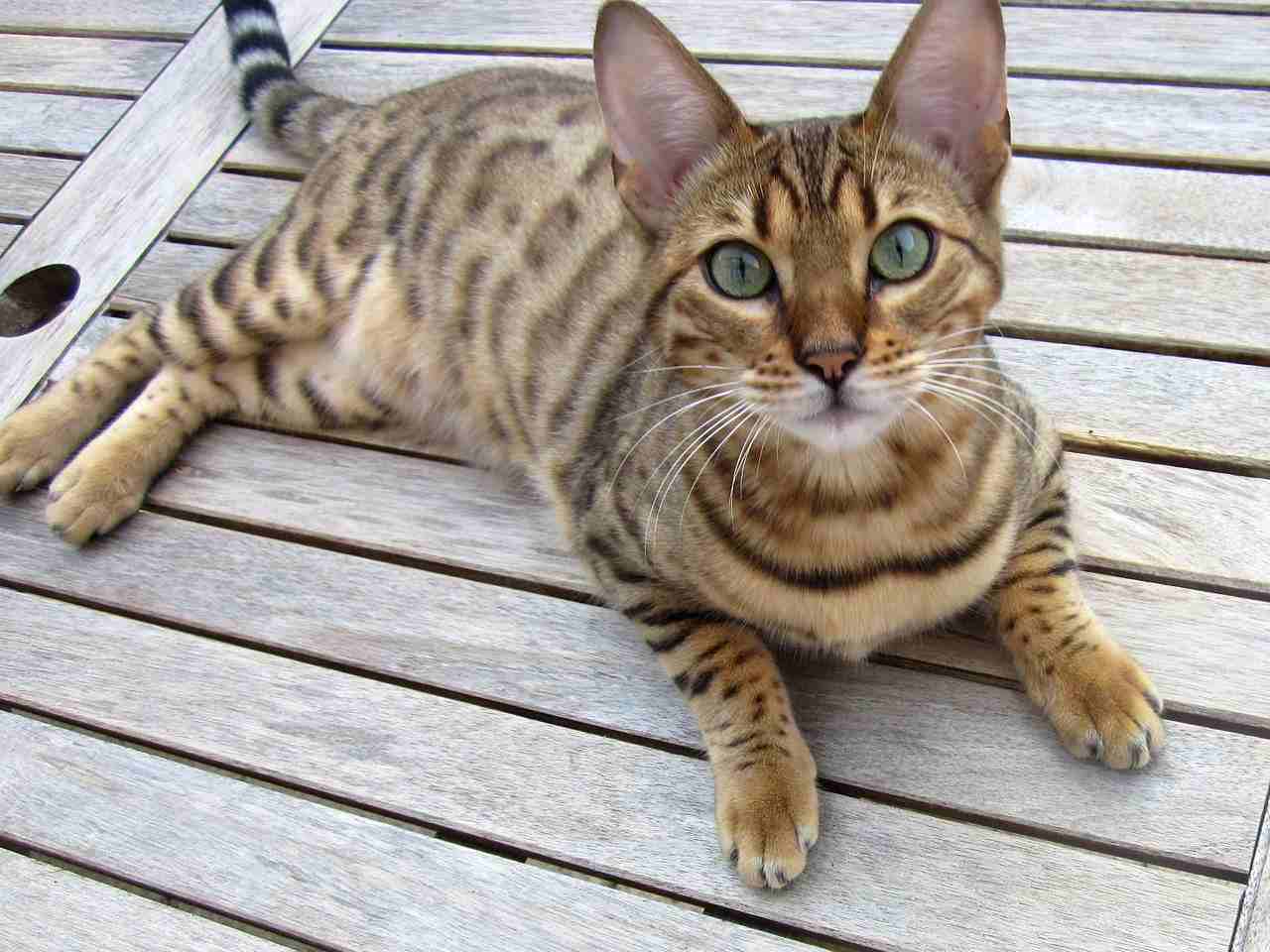
Cat:
Exceptional night vision, acute hearing, and a keen sense of smell; specialized whiskers for navigation.
Rabbit:
Excellent hearing and vision; sensitive nose for detecting scents; eyes on the sides of the head for a wide field of view.
Comparison:
Both species rely on heightened senses, but cats excel in night vision, while rabbits prioritize a wide field of view for early detection of predators.
Ecological Implications:
Sensory adaptations are crucial for survival in their respective roles as predators or prey.
11. Overall Physical Capacity
Cat:
Versatile physical abilities for hunting, climbing, and defending territory.
Rabbit:
Specialized for rapid evasion, digging burrows, and efficiently processing plant material.
Comparison:
Cats have a broader range of physical capacities, including hunting and territorial defense, while rabbits are specialized for escape and herbivorous activities.
Ecological Implications:
Physical capacities align with the ecological roles of each species, contributing to ecosystem dynamics.
12. Habitat Preference(s)
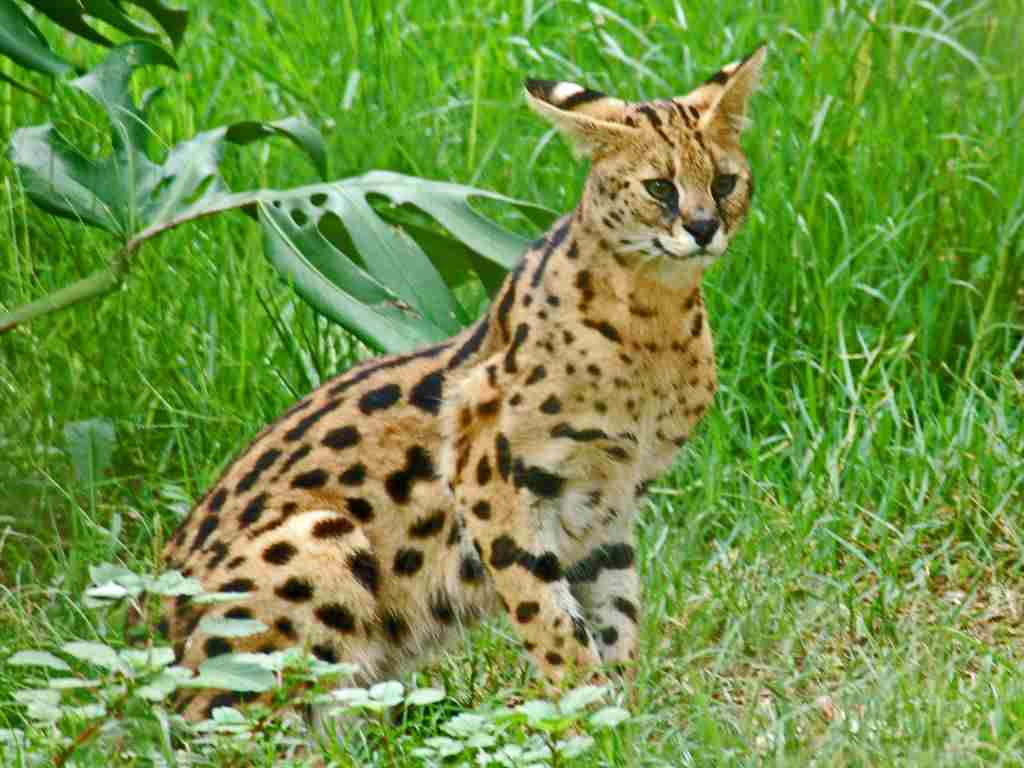
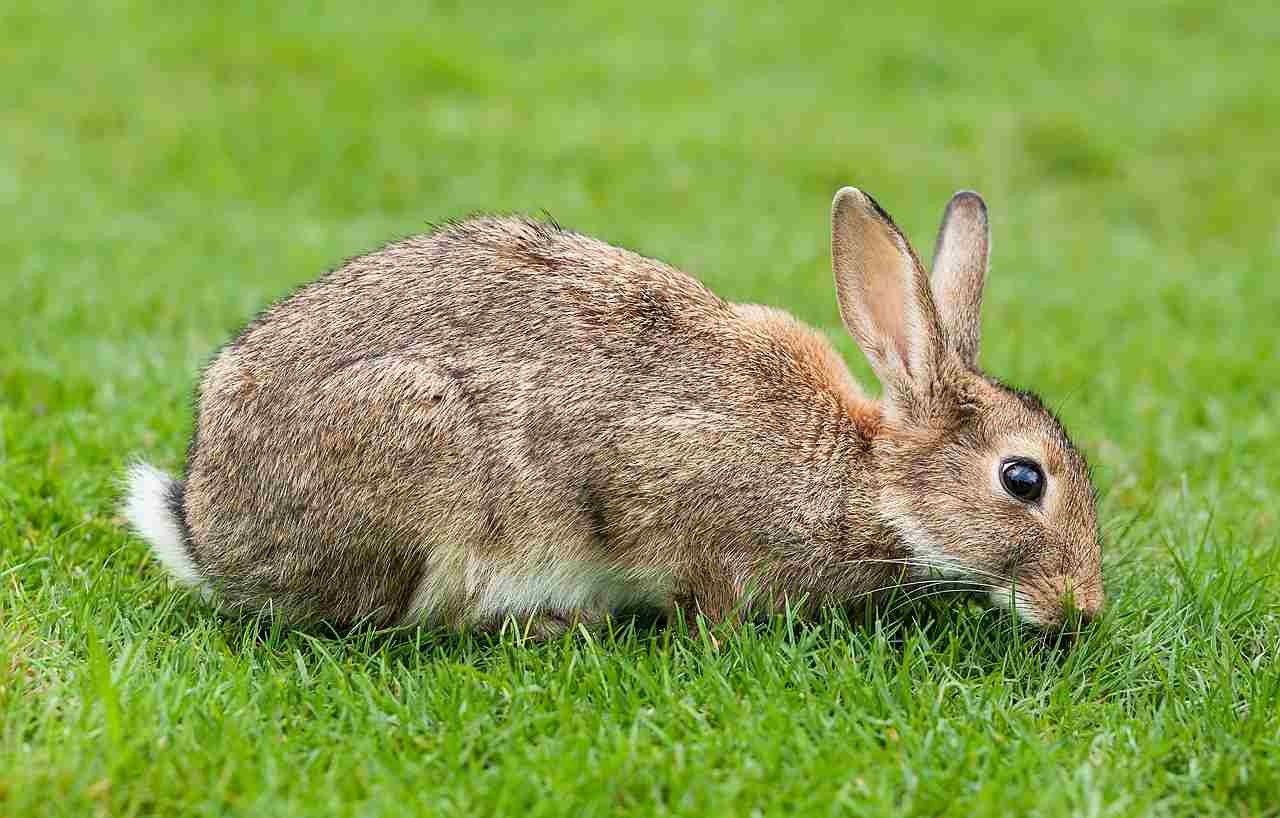
Cat:
Highly adaptable; can inhabit a variety of environments, including urban, suburban, and rural areas.
Rabbit:
Varied habitats, including grasslands, forests, and burrows; adapt well to diverse ecosystems.
Comparison:
Cats demonstrate a broader habitat range, while rabbits show adaptability within specific ecosystems.
Ecological Implications:
Habitat preferences impact their interactions with other species and their overall ecological impact.
13. Tracks
Cat:
Distinctive paw prints with retractable claws visible; often show signs of grooming with tongue marks.
Rabbit:
Hind limb tracks larger than front limb tracks; distinctive hop pattern with long jumps.
Comparison:
Cat tracks reveal predatory characteristics, while rabbit tracks showcase their distinctive hopping locomotion.
Ecological Implications:
Tracking signs contribute to the understanding of their presence and behavior in the ecosystem.
14. Lifespan
Cat:
Domestic cats typically live 12-18 years, with variations based on breed and lifestyle.
Rabbit:
Domestic rabbits have a lifespan of 8-12 years, influenced by factors such as breed and care.
Comparison:
Cats generally have a longer lifespan compared to rabbits.
Ecological Implications:
Lifespan impacts population dynamics and the ecological roles these species play in their respective environments.
15. Mode of Feeding
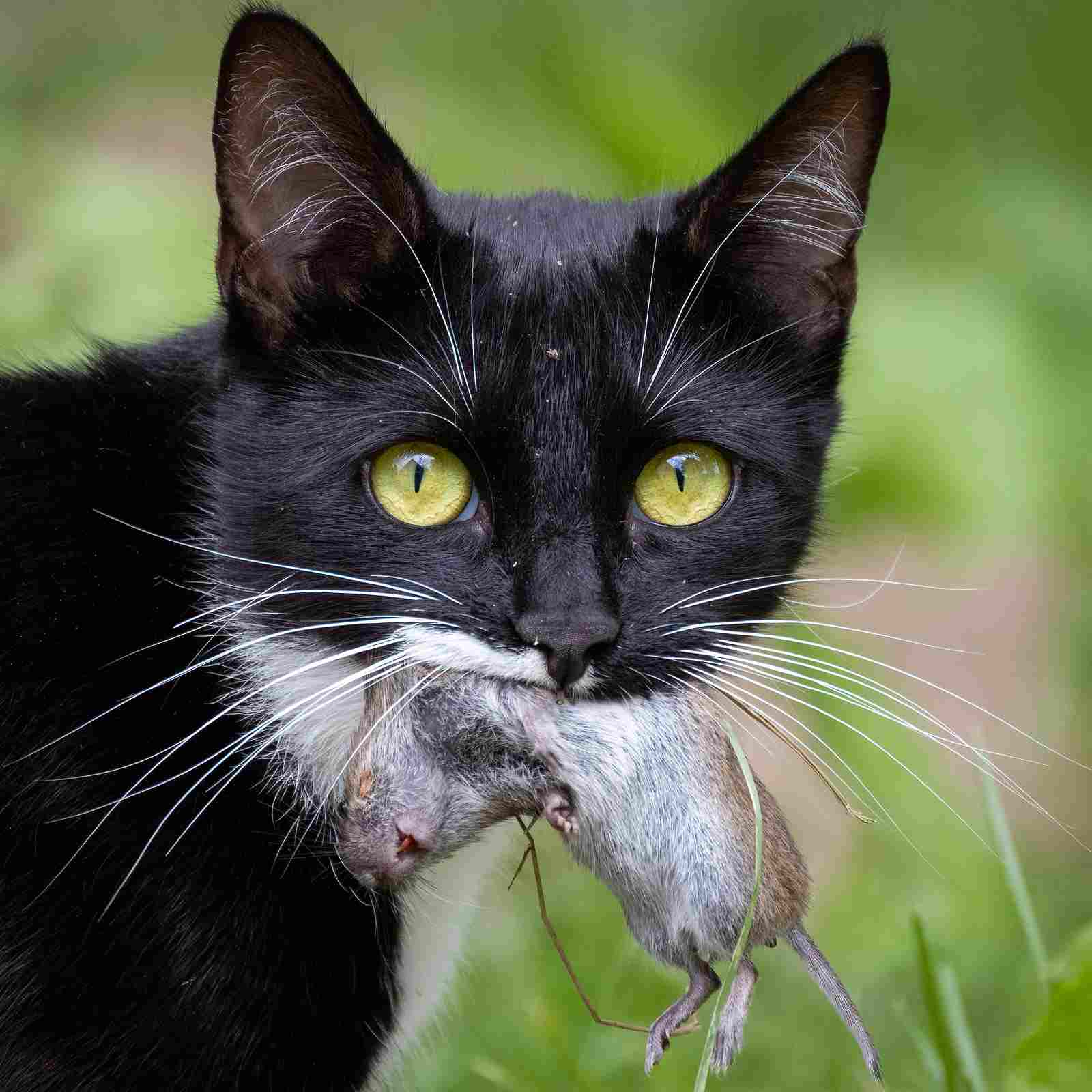
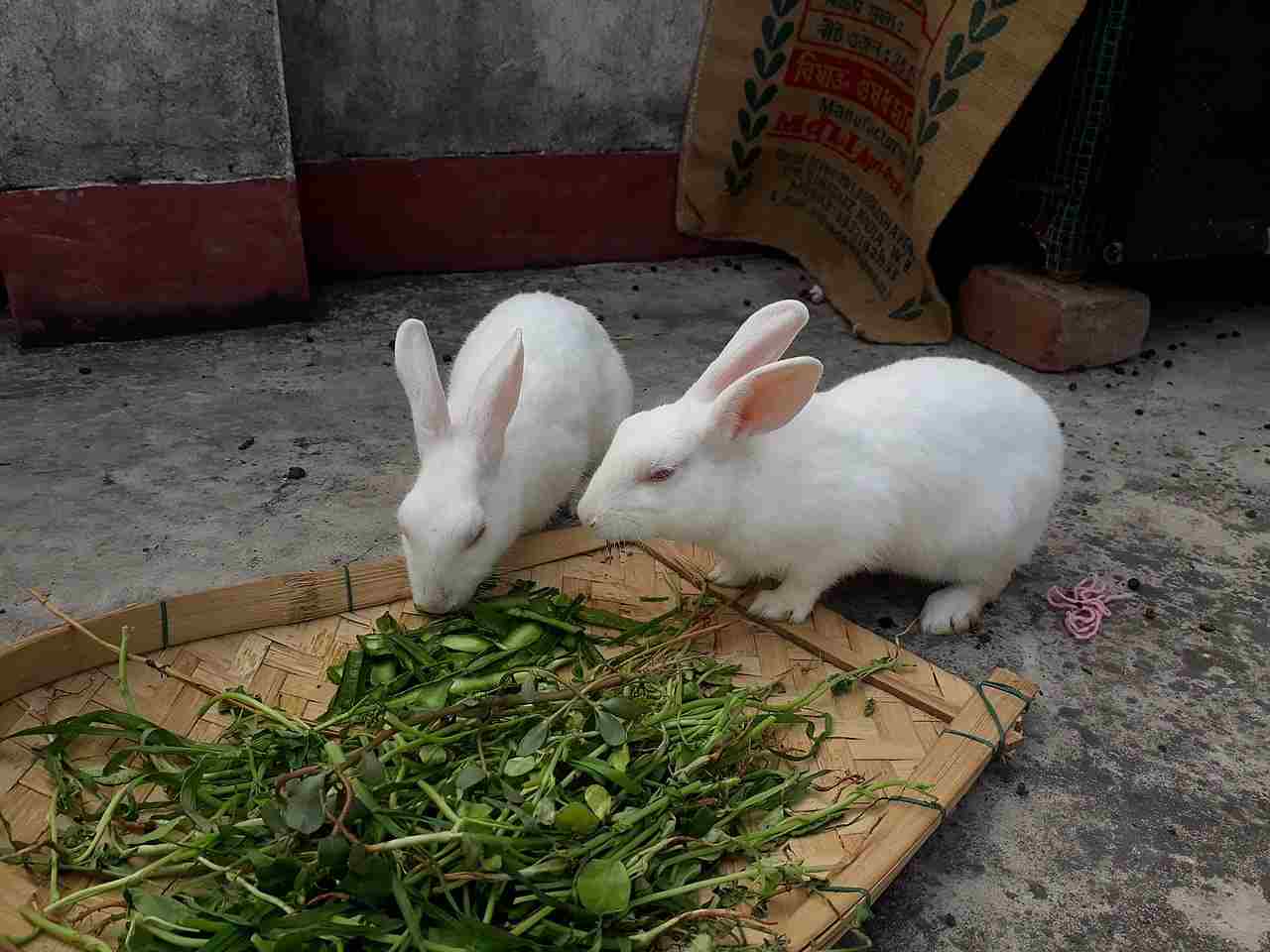
Cat:
Carnivorous diet, requiring meat for essential nutrients.
Rabbit:
Herbivorous diet, consisting mainly of plant material.
Comparison:
Cats are obligate carnivores, while rabbits are specialized herbivores.
Ecological Implications:
Dietary differences contribute to their ecological roles, affecting the balance of predator and prey populations.
16. Intelligence
Cat:
Demonstrates problem-solving skills, memory, and adaptability; exhibits social intelligence.
Rabbit:
Displays social behaviors, learns from experiences, and exhibits survival intelligence.
Comparison:
Both species exhibit intelligence adapted to their respective lifestyles.
Ecological Implications:
Intelligence contributes to their ability to navigate and thrive in their ecosystems.
17. Social Behavior
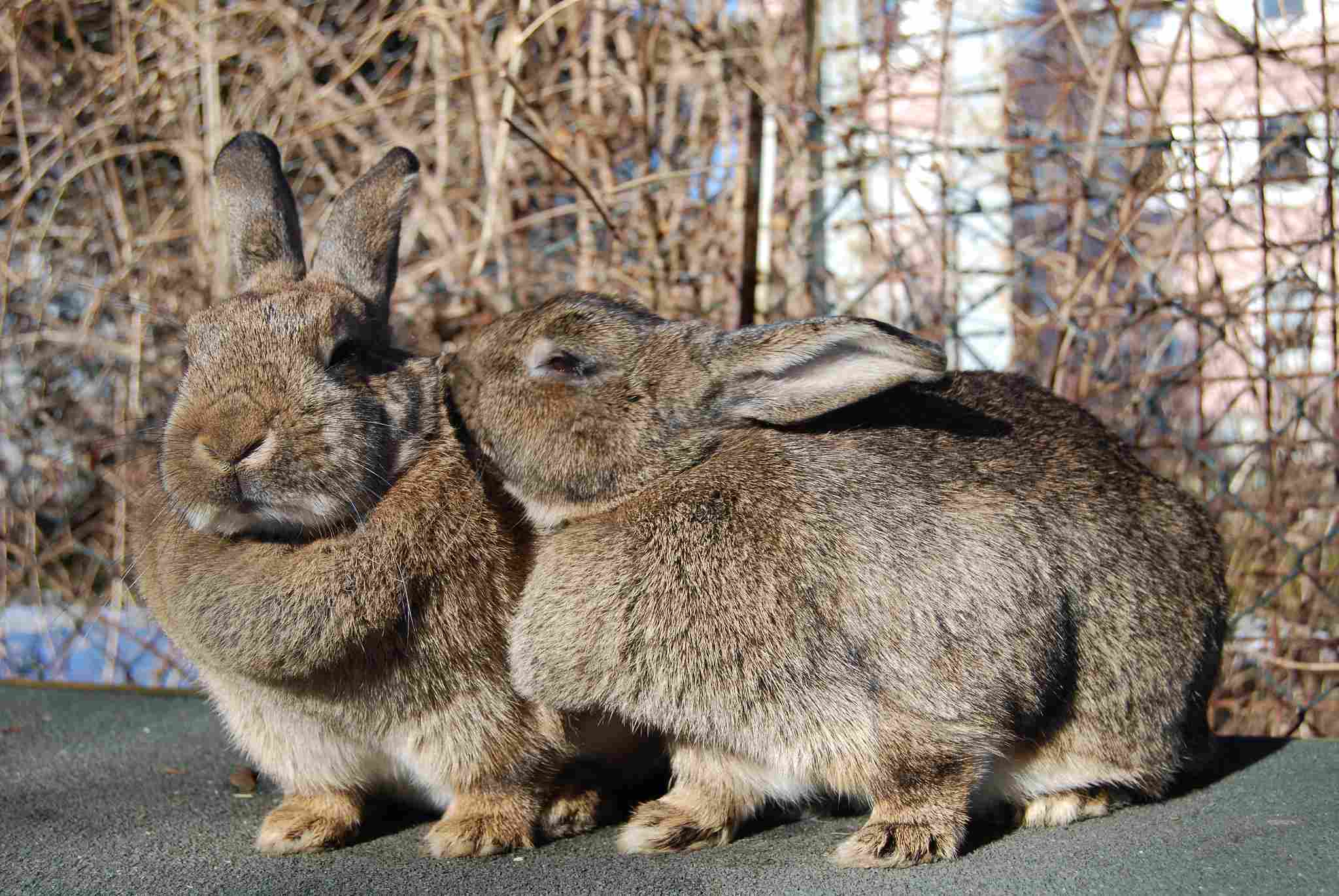
Cat:
Varies; some are solitary, while others may form social groups or tolerate limited social interactions.
Rabbit:
Social animals, often living in groups; exhibit grooming, communication, and hierarchy.
Comparison:
Cats are more variable in social behavior, whereas rabbits generally exhibit social tendencies.
Ecological Implications:
Social behaviors impact their roles in the ecosystem, affecting interactions with conspecifics and other species.
18. Mode of Reproduction
Cat:
Typically sexually reproducing with a short gestation period; gives birth to live offspring.
Rabbit:
Highly prolific, sexually reproducing with a relatively short gestation period; gives birth to altricial young in a burrow.
Comparison:
Both species reproduce sexually but differ in the number and development of offspring.
Ecological Implications:
Reproductive strategies influence population dynamics and contribute to their roles in the ecosystem.
19. Parental Behavior
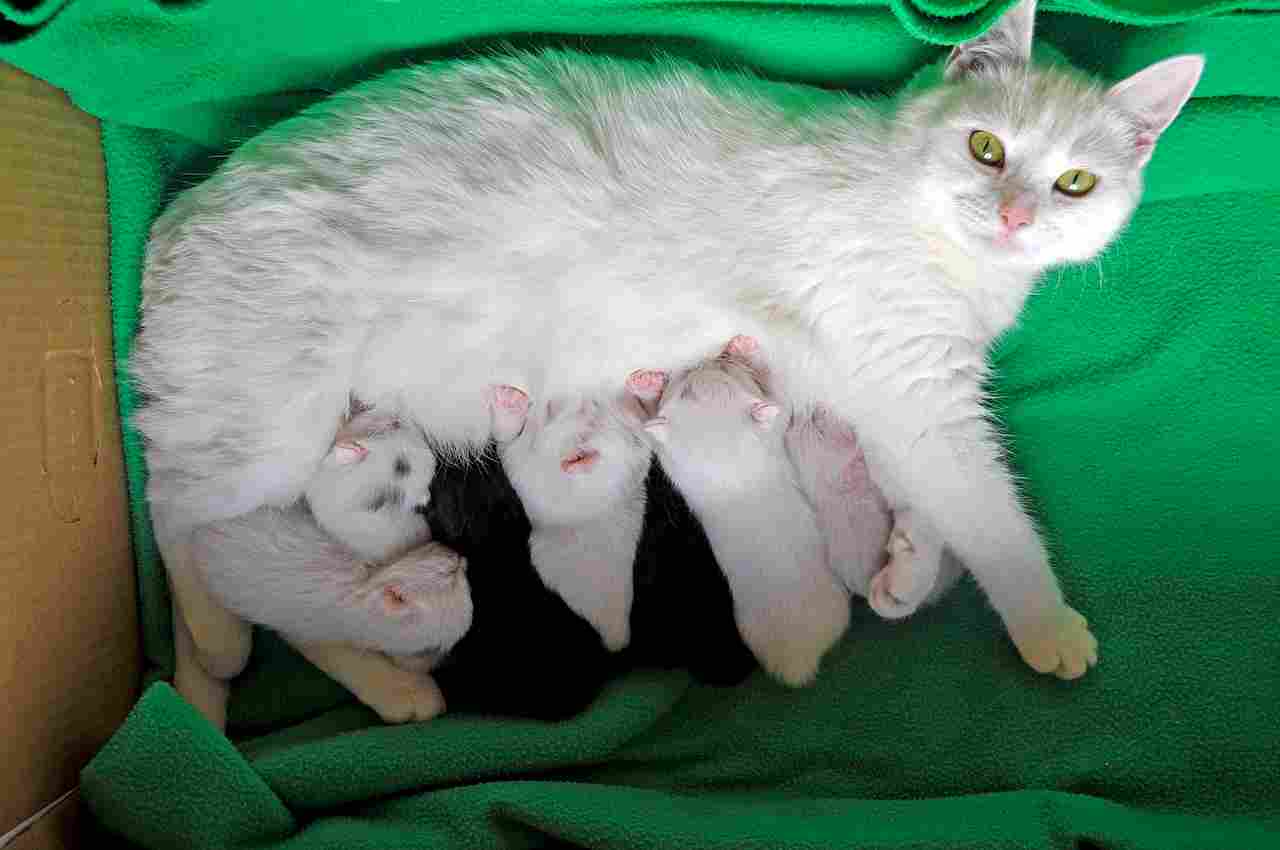
Cat:
Shows maternal care, nursing, and protection of kittens; teaches hunting skills.
Rabbit:
Provides maternal care, nurses young, and creates burrows for protection.
Comparison:
Both species exhibit maternal behaviors, ensuring the survival of their offspring.
Ecological Implications:
Parental behaviors contribute to the survival and development of the next generation.
20. Proximity to Human-Inhabited Areas
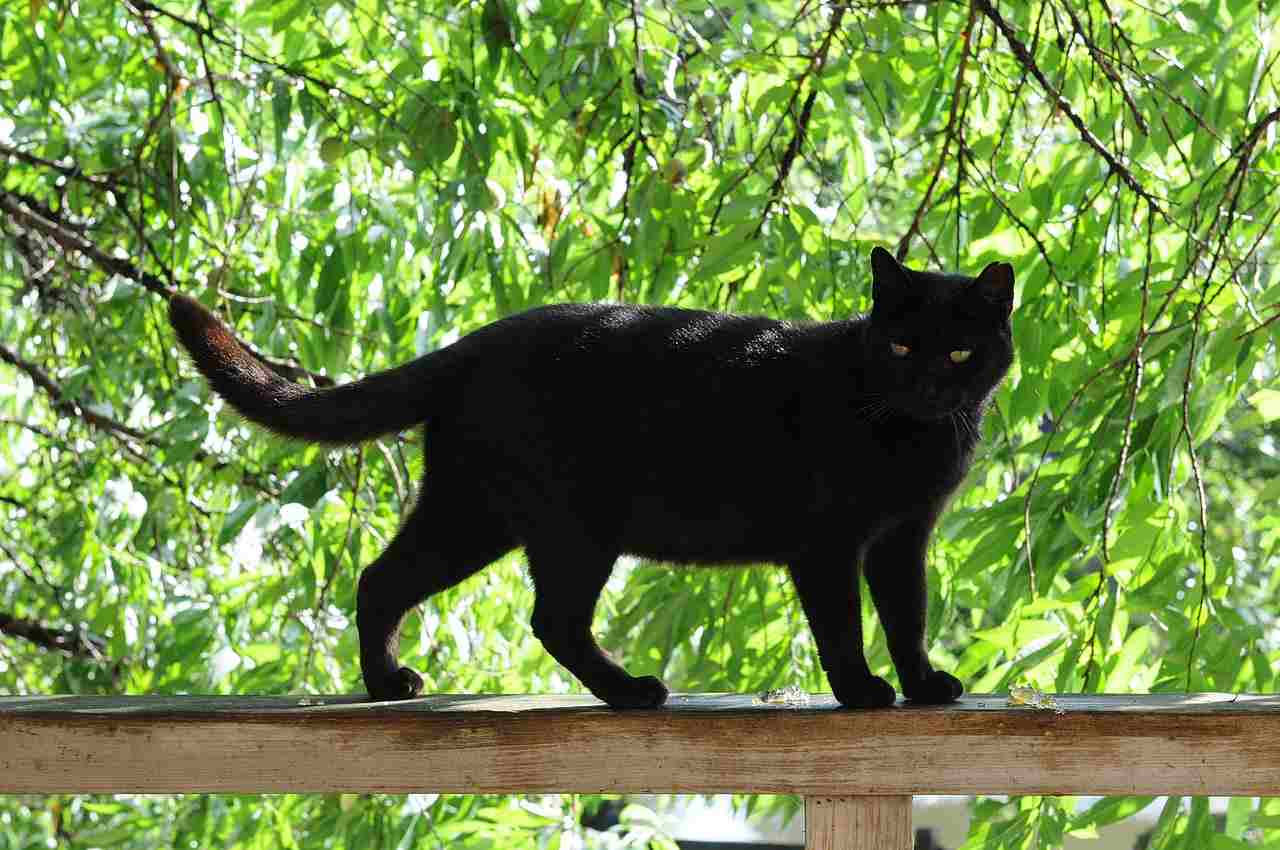
Cat:
Commonly found in urban, suburban, and rural areas as pets, strays, or feral cats.
Rabbit:
Domestic rabbits as pets; wild rabbits may inhabit areas near human development.
Comparison:
Both cats and rabbits can adapt to human-inhabited areas.
Ecological Implications:
Proximity to human environments may impact their interactions with other wildlife and humans.
21. Behavior Toward Humans

Cat:
Exhibits varied behavior, from affectionate to aloof; can form strong bonds with humans.
Rabbit:
Domestic rabbits can be affectionate and social with proper care; wild rabbits are generally more cautious.
Comparison:
Cats often show a wider range of behaviors towards humans, while rabbits’ behavior is influenced by domestication.
Ecological Implications:
Human interactions can influence their roles in ecosystems and contribute to conservation or management efforts.
22. Danger Posed to Humans
Cat:
Generally poses minimal danger to humans; domestic cats may scratch or bite when provoked, but severe incidents are rare.
Rabbit:
Typically poses no direct danger to humans; may scratch or nip if handled improperly, but injuries are usually minor.
Comparison:
Both cats and rabbits generally pose low risks to humans, with any potential danger being minimal and situational.
Ecological Implications:
Limited danger to humans contributes to coexistence and may impact conservation attitudes.
23. Associated Precautions
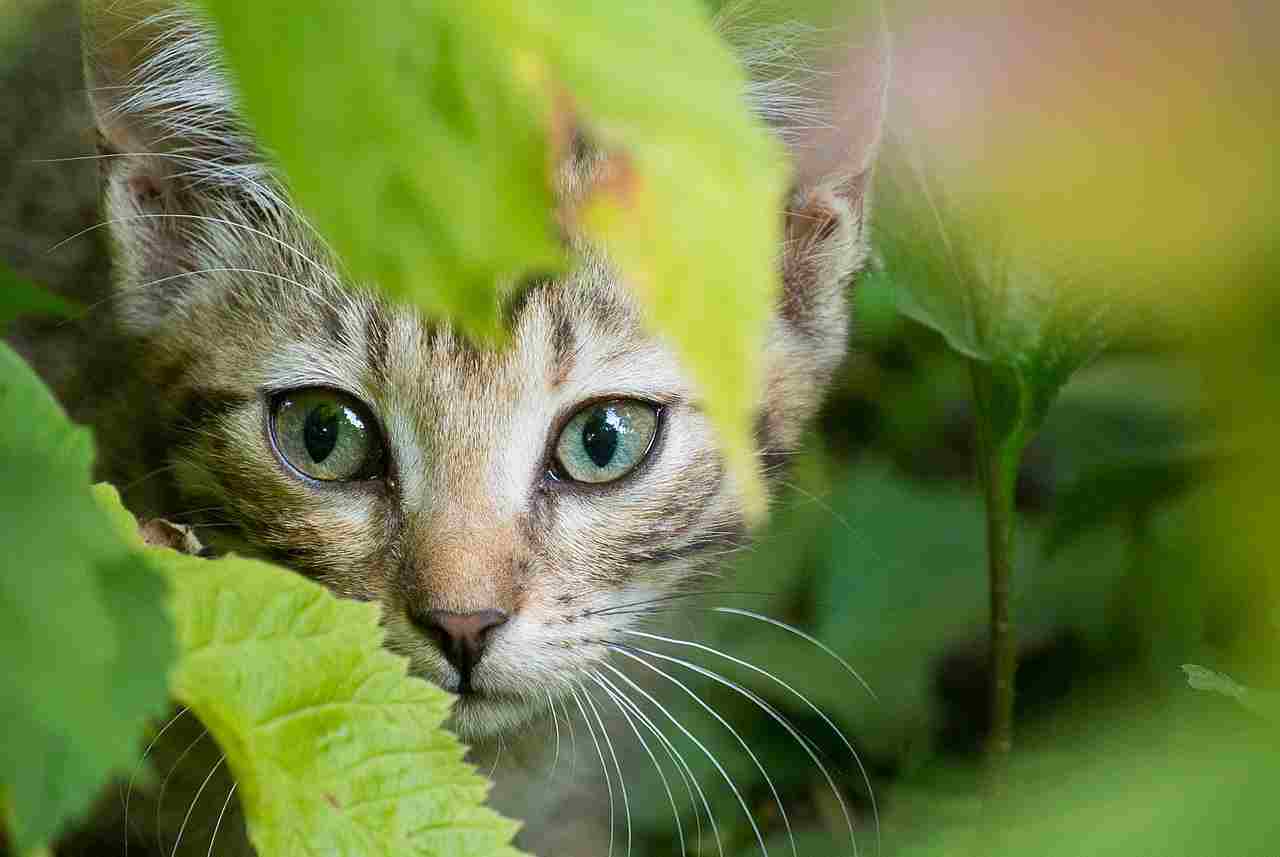
Cat:
Basic precautions include responsible pet ownership, vaccination, and addressing aggressive behaviors through training.
Rabbit:
Precautions involve proper handling, avoiding stress, and ensuring a safe environment for pet rabbits.
Comparison:
Precautions vary based on the species and involve responsible care practices.
Ecological Implications:
Responsible ownership practices contribute to minimizing potential negative impacts on ecosystems.
24. Conservation Status
Cat:
Domestic cats are not subject to conservation status; some wild cat species may face conservation challenges.
Rabbit:
Some wild rabbit species face conservation concerns, while domestic rabbits are not typically considered under conservation status.
Comparison:
Conservation status varies between wild cat and rabbit species, with domestication influencing their status.
Ecological Implications:
Conservation considerations are essential for maintaining biodiversity and ecosystem health.
Summary of Comparison
Taxonomy:
Cat belongs to the order Carnivora, family Felidae, while Rabbit belongs to the order Lagomorpha, family Leporidae.
Appearance:
Cats have a predatory appearance with sharp features; rabbits exhibit herbivorous adaptations and a more unobtrusive look.
Size:
Cats vary in size, typically small to medium; rabbits range from small to medium, generally smaller than cats.
Weight:
Cats have a wider weight range, some notably heavier; rabbits are generally lighter.
Bite Force (PSI):
Cats have a stronger bite force (around 300 PSI) compared to rabbits, reflecting their carnivorous nature.
Physical Offensive Advantages:
Cats have sharp claws and teeth, a strong body for hunting; rabbits rely on quick, powerful hind limbs for escapes.
Physical Defensive Advantages:
Cats exhibit agility, retractable claws, and sleek bodies; rabbits use camouflage, rapid speed, and strong hind legs for evasion.
Speed:
Cats reach speeds of 30 mph; rabbits can attain speeds of 35 mph, emphasizing sustained speed for rabbits and burst speed for cats.
Agility:
Cats showcase exceptional agility for hunting and navigating terrains; rabbits use agility primarily for evading predators.
Senses:
Cats have exceptional night vision; rabbits prioritize a wide field of view and excellent hearing.
Overall Physical Capacity:
Cats have versatile abilities for hunting, climbing, and territorial defense; rabbits are specialized for rapid evasion and herbivorous activities.
Habitat Preference(s):
Cats are highly adaptable to various environments; rabbits adapt well to specific ecosystems.
Tracks:
Cat tracks reveal predatory characteristics; rabbit tracks showcase distinctive hopping locomotion.
Lifespan:
Cats generally have a longer lifespan compared to rabbits.
Mode of Feeding:
Cats are obligate carnivores; rabbits are specialized herbivores.
Intelligence:
Both species exhibit intelligence adapted to their lifestyles.
Social Behavior:
Cats vary in social behavior; rabbits generally exhibit social tendencies.
Mode of Reproduction:
Cats reproduce sexually with live offspring; rabbits are highly prolific with altricial young.
Parental Behavior:
Both species exhibit maternal behaviors for the survival of their offspring.
Proximity to Human-Inhabited Areas:
Both cats and rabbits can adapt to human-inhabited areas.
Behavior Toward Humans:
Cats show a wider range of behaviors toward humans; rabbits’ behavior is influenced by domestication.
Danger Posed to Humans:
Both cats and rabbits generally pose low risks to humans.
Associated Precautions:
Precautions vary based on species and involve responsible care practices.
Conservation Status:
Conservation status varies between wild cat and rabbit species; domestic cats are not typically under conservation status.
Conclusion
I. Similarities
Both cats and rabbits are mammals with adaptable behaviors, living in diverse habitats, and exhibiting intelligence and social tendencies.
II. Differences
Differences include their dietary preferences, reproductive strategies, ecological roles, and the level of domestication, influencing their impact on ecosystems and interactions with humans.
